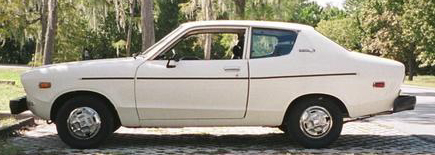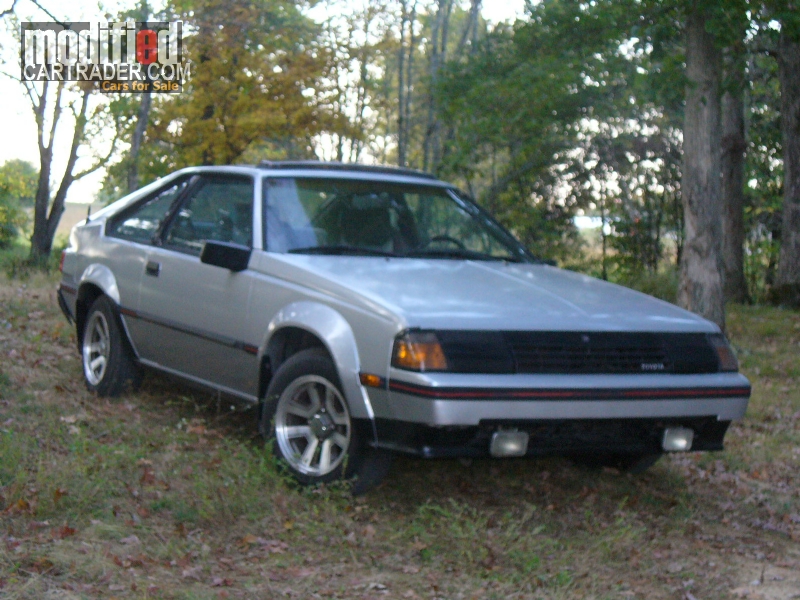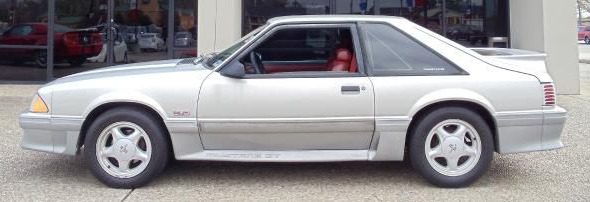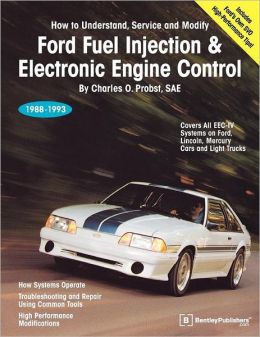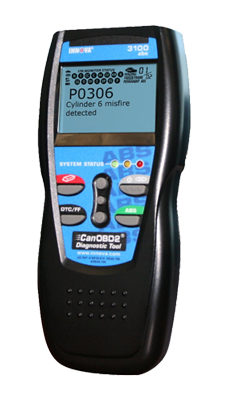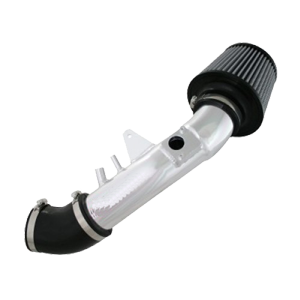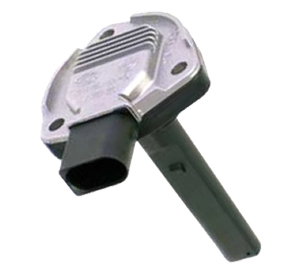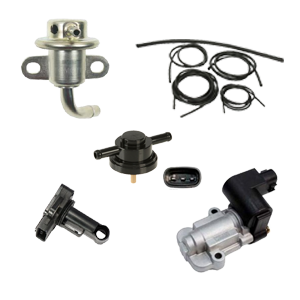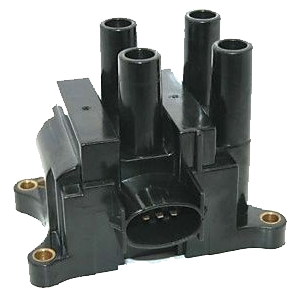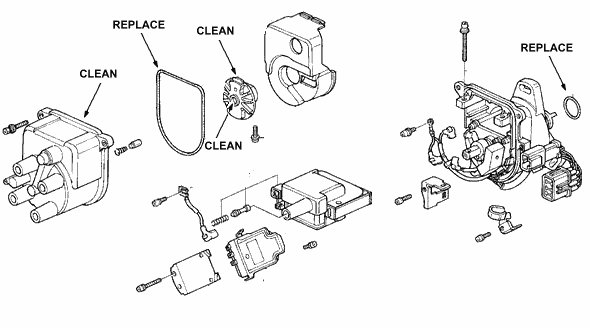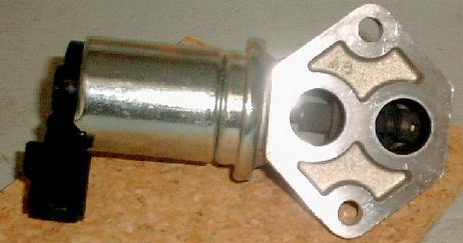Web Content and YouTube Video Goals
Giving back is the main goal of this web site and the YouTube videos. Since I am not a professional mechanic, I have had to learn from experience, working with professionals, reading, researching, and watching videos. I felt it was only right to share the results and resources I have compiled from my studies and experience over the years with you, a fellow person thirsting to learn more about modern automobiles. I sincerely hope you catch the passion bug of working on modern automobiles.
Please read Disclaimer
My Professional Background
Understanding my background will allow you to understand my angle and motivations of the content being shared with you. Since I'm a Computer Scientist, I tend to look and present things as a Computer Scientist with my experience would. I desire to understand the systems and their relationships that comprise a modern computer controlled car. I also desire to know the 'root' cause of an issue. I DO NOT like to hack a solution out. I want the proper, appropriate solution to the exact problem.
My degree is in Computer Science, with an emphasis in Systems Programming. Over my career, I have worked on embedded real-time applications on numerous occasions, e.g. device drivers, bootstrap code, satellite telecommunication solutions, … While working with these types of applications, I have worked with many Electrical Engineers which have taught me about electronics and low-level communication.
I have also worked on Software as a Service (SaaS) having to process and serve up large quantities of data. These types of applications allowed me to hone my skills in web applications, windows applications, scalable architectures, processing large quantities of data, system health checks, large databases, networking, web security, and data security.
Moving into an Application Architect position, it became very apparent that changes must be thought out and evaluated. This is because changes to an existing large application tend to ripple through it. For example, changing the size of one column in one table of a database will mostly likely ripple all the way through the Data Access, Business Logic, and User Interface Layers. So code changes are expensive from a variety of angles.
This process carries right into auto mechanics. When troubleshooting an issue in an automobile, the exact root cause must be determined and properly addressed. If this process is not followed, a great deal of time and money will be wasted and potentially more issues introduced.
Automobile - Biography
I hope that by sharing my journey in automobiles that you will understand the motivation for the web site and videos. In the end, I hope the information provided assists you in achieving your goals in understanding automobiles at whatever level you desire. Your desired knowledge level of automobiles could be anywhere in the following spectrum:
- Learn how to maintain your own vehicles
- Having the ability to ensure you are not ripped off at a shop
- Learn how to troubleshoot your own vehicles
- Learn how to properly repair your own vehicles
- Learn how to properly determine how to enhance your vehicles
- etc...
I am definitely a DIY in all house and automobile projects. I enjoy the research, implementation, and gratification of Doing It Yourself.
My Dad was a mechanic in the US Navy for 20 years and another 20+ years as a maintenance mechanic for some large local companies. He was professionally trained in large engine mechanics, high voltage electricity, hydraulics, plumbing, pumps, and air conditioning. So being blessed with decent mechanical ability, blessed with a very curious mind, and being taught by my Dad, I started to work on machines at a very young age. He always emphasized to utilize the proper tool for the job and to take care of your tools. He taught me how to dismantle and rebuild small bicycles. His primary goal was to teach me how to properly dismantle, visually inspect, and properly reassemble a machine. Then as my interests changed from bicycles to automobiles, he bought me a visible V8 model to put together. Here is where the quest for knowledge of how to maintain, repair, and enhance the automobile engine began.
My first car was a white 1978 Datsun B210. When I bought it, the car was super clean and ran mechanically well, but it was a turtle. Being young and ambitious, I asked my Dad to teach me about cars. He taught me how to perform a tune-up, read plugs, perform an oil change, rotate tires, jack up a car, set the initial engine timing, check all fluids, perform a radiator flush, just to name a few. But being a know-it-all college student, I didn’t follow his advice on regularly checking up on the engine, so I let the radiator run low on coolant, which resulted in the engine overheating and warping the head, i.e. blown head gasket.
I did not enjoy this experience for the following reasons:
- On my own, I was not able to determine what was wrong with the car
- This large expense and major inconvenience could have totally been avoided
- Spending a great deal money and would end up still driving a turtle
- Didn't really understand what the mechanic had to do
- Why was this so hard to fix? What was involved?
- Did the mechanic do the job the best that could be done?
- Was I getting the best value for the money?
- I was totally dependent on someone else's knowledge, experience, and ethicacy
After a few years, I then purchased a 1985 Toyota Celica GTS. Since it was a new car, I would regularly take the car in for routine maintenance. I noticed that I was paying a fair amount of money and not really knowing what they were doing. In addition, over time, I noticed they just didn’t care for the car like I would. For example, I noticed more and more finger prints, smudges, and attention to detail slowly diminishing. So in response, I started doing the simple maintenance tasks, e.g. oil changes, topping off fluids, tire rotations, … Then, unfortunately, the car was stolen and stripped.
I then purchased one of my favorite cars, 1991 Ford Mustang GT. This car inspired me to learn about performance enhancements. I subscribed to a magazine named Muscle Mustangs and Fast Fords. I would eagerly read the monthly issue from cover to cover. I absolutely loved this magazine because it discussed theory and gave real world dynamometer and track results. I also purchased numerous books and read them from cover to cover. The following list contains some of the books I read:
- How to Understand, Service, and Modify Ford Fuel Injection & Electronic Engine Control, by Charles O. Probst, SAE
- The 5.0L Mustang Bolt-On Performance Guide (S-a Design), by John Smith
- Mustang 5.0 Projects: Performance and Upgrade How-Tos for 1979 - 1995 5.0 Mustangs Oct 1, 1997, by Mark Houlahan
- The Official Ford Mustang 5.0: Technical Reference & Performance Handbook, 1979-1993, by Kirschenbaum, Al
- To name a few
This was the point where I started to scour through forums, books, and videos to learn how to properly diagnose modern computer controlled cars. I did not watch how to change parts videos; that isn’t diagnosing. In addition, I quickly learned 98% of forum content was extremely poor in quality. In many cases, people were just looking for the quick fix and not asking or being given information on how to properly diagnose issues. Most forum answers were to ‘throw’ parts at the issue. I was not comfortable with that style. In my opinion, it appeared to be so haphazard and consumed so much time and money. I was on a quest for knowledge from this point forward; thus the beginning of the content for this site started back then.
Previous Repairs Worth Noting
On numerous occasions, I have retrieved Trouble Codes (did not clear them) from friend's cars. To ensure they didn’t get ripped off when they went to a shop, I described what the Trouble Code(s) meant, what could be the possible root cause, and provided a repair expense range. This service alone has saved my friends a great deal of anxiety and most importantly time and money.
Early 2015, a friend enlisted my help to diagnose a 1999 Honda Civic having poor acceleration with a CEL. P0301 and P0303 were reported by the PCM. When I drove the car, cylinder misses and lack of power was perceivable while accelerating and upshifting, manual transmission, from the 1500-2500 RPM range and then smooth out above that RPM range. In addition, when snapping the throttle, a noticeable hesitation was observed. So, we knew we had to examine the main three, spark, compression, fuel. Personally, I thought for sure it was a bad coil. So, we ran extensive coil tests, from checking spark and waveforms. Strangely enough, all looked great. So, we then checked compression and found no issues. But, we did see notice that the plugs needed to be re-gapped. We carefully re-gapped plugs but issue persisted. We checked injector wave forms while snapping the throttle and noticed nothing wrong. Since it was a Honda, it was painful to test fuel-pressure. I was banking on the thought that since it ran well at high RPMs that the fuel pump was ok. We, then, decided to take apart the distributor to see if we could scope coil primary. While removing the rotor, we found the problem. The rotor’s screw was gone, allowing it to wiggle and change timing. So, due to the age of the car, we decided to change rotor, cap, wires, and plugs.
Early 2015, 2000 Ford Focus ZX3. During the diagnosis phase, the following symptoms were found: intermittent idle misfire, random misfires detected in all cylinders at idle, poor idle under load, zero power while driving, short term and long term fuel trims were within proper range, and no check engine light. After ensuring the coil was receiving proper pull-down signals and power, it was determined that the secondary coil, in a waste-spark configuration, for cylinders 1 and 4 was bad.
Late 2014, my son purchased a used 2004 Imprezza Subaru WRX. Of course within one week, the check engine light came on. Using many of the resources and concepts referenced on this web site and YouTube Videos, I was able to determine that the WRX had numerous issues. After carefully examining each component, it was determined that the car had several vacuum leaks (smoke test), a leaking fuel pressure regulator (gas in the diaphragm), improper MAF, sticking IAC (trouble code, low duty cycle value, and stuck at high idle), and a sticking purge control valve (wouldn't always close after removing vacuum). After resolving these issues, the feeling of resolving all these issues effectively and only changing the necessary parts made this experience very fulfilling.
Mid 2014, 2007 Honda Civic Si. Helped a friend determine that the Cold Air Intake (CAI) that his son installed caused the Long Term Fuel Trim to be rich.
Mid 2014, 2001 320i BMW Oil Sending Unit. A friend of mine requested I help him determine why his oil low indicator light would illuminate after five minutes of driving yet have plenty of oil in the motor. Since no manuals or information were available, I had to apply many of the tricks taught by Paul Danner to determine sensor and circuit type. In the end, the oil level sensor had a burnt out element causing it to be open.
Early 2013, my Dad's 2001 Ford F150 was stalling. My Dad indicated the truck would not idle well when cold and would many times stall. There were no codes. We cleaned the Idle Air Control (IAC) valve and resolved the issue. I have had 50% success rate cleaning the IAC. Since it takes about 20-30 minutes to clean an IAC, I always try to clean it first, and if that doesn't resolve the issue or doesn't fix the issue for very long, I will then replace it.
